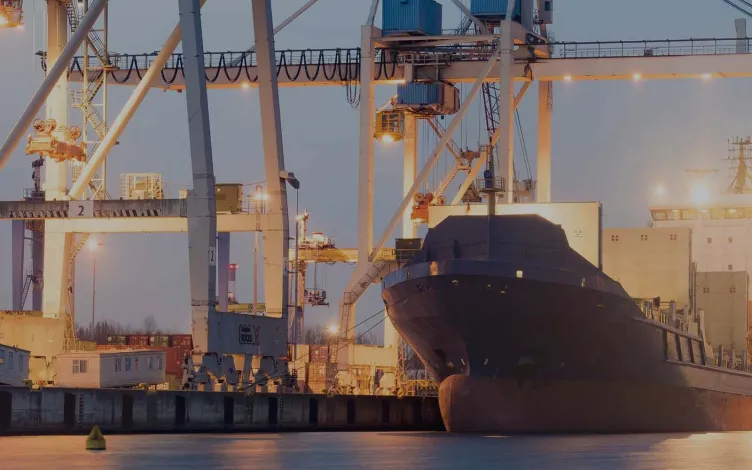Contact person

The port – A hub for sustainable transports
Used correctly, a port can offer much more than accommodating ships. Used correctly, a port can become a regional transport hub, energy hub and information beacon that raises efficiency and lowers the climate impact throughout the transport system.
– “But it requires both collaboration and exchange, which is where RISE has an important role to play,” says Mikael Lind, Senior Researcher at RISE.
To counteract climate change, we need different transport options and above all, we must transition from air, to road and sea transports. Sweden is a country that has one of the longest coastlines in Europe, with no less than 52 ports. As such there are enormous opportunities, but also certain challenges.
– “For almost a decade now, we have been striving to develop our ports from ‘only’ being able to receive ships, to becoming hubs for sustainable transports,” says Mikael Lind.
Combi terminal with charging capabilities
The vision of a sustainable port is a port that serves as a transhipment site not only from sea to land, but also from road to rail, as a combi terminal. It could also offer storage options for creating redundancy in the system, along with charging stations.
– “If ports start collaborating with local energy companies, they could become energy hubs, i.e. places where ships and trucks could charge up on locally produced electricity, or, fill up on fossil-free fuel,” he says.
There is considerable interest in this, not only from the ports themselves, but also from municipal politicians and other stakeholders

However, ports can be more than just a place where goods and energy are traded. They also have an important function to fill by collecting information and passing it along in the logistics chain.
– “If, for example, you have a smart container equipped with sensors, it will be able to transmit information via the port, either to the goods’ owner or the next link in the chain, about where it is, its current temperature, if anyone has tried to open the door, etc. The port will thus serve as an information node that can make the entire logistics chain more efficient,” he says.
Benefits from collaboration
In other words, the opportunities for Swedish ports to claim a bigger role in the transport sector are huge. But it will require both development and investments. Collaboration and an exchange of ideas will help facilitate that.
– “We have several projects underway here at RISE to assist with this. Some are EU projects and some are national, like the "I.Hamn" project where we, Swedish ports and Swedish energy companies are collaborating to develop the ports and turn them into energy hubs. But we are also collaborating with other types of suppliers who are providing the ports with solutions that will help them make the transition,” he says.
Interest in collaboration is also huge. Most Swedish ports have a specific niche, so they have more to gain by collaborating than competing.
– “We’ve noticed that there is considerable interest in this, not only from the ports themselves, but also from municipal politicians and other stakeholders. Major investments are being made and used correctly, ports have an important role to play when it comes to lowering greenhouse gas emissions and generating more benefits for our planet,” concludes Mikael.
Maritime informatics
Maritime informatics studies the use and utilization of digitalisation in the maritime sector and how this can lead to more efficient operations, safer shipping and greater profitability in the industry.
Read more about this subject on maritimeinformatics.org